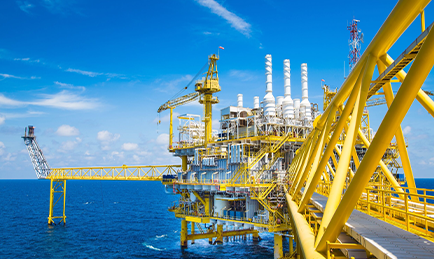Stainless Steel Reducer Couplings for Versatile Piping Solutions and Robust Connections
Understanding Stainless Steel Reducer Couplings A Comprehensive Guide
Stainless steel reducer couplings are essential components in various piping systems, playing a crucial role in facilitating the connection of two pipes or fittings with different diameters. This article explores the key features, benefits, applications, and maintenance of stainless steel reducer couplings, highlighting their significance in numerous industries.
What is a Stainless Steel Reducer Coupling?
A stainless steel reducer coupling is a specialized fitting designed to connect pipes of varying sizes, typically allowing for a smooth transition from a larger diameter pipe to a smaller one (or vice versa). These couplings are manufactured from high-quality stainless steel, which offers excellent resistance to corrosion, heat, and mechanical stress. Depending on the design, they can be classified as concentric or eccentric reducers, each serving specific applications based on flow requirements.
Key Features
1. Material Composition Stainless steel (often of grades 304 or 316) is primarily used in manufacturing reducer couplings. Grade 304 offers good corrosion resistance for general applications, while grade 316 provides superior resistance to chlorides, making it ideal for marine and chemical environments.
2. Versatility Reducer couplings are available in various sizes and dimensions, allowing for flexibility in design and application. This versatility makes them suitable for a wide range of piping systems.
3. Design Configuration The concentric design maintains a consistent centerline, making it ideal for vertical piping systems, while eccentric designs are suitable for horizontal applications, helping ensure proper drainage and preventing air pockets.
4. Weldability Stainless steel reducer couplings can be easily welded to pipes and fittings, offering a strong, lasting connection.
Benefits of Stainless Steel Reducer Couplings
1. Corrosion Resistance One of the primary advantages of stainless steel is its outstanding resistance to corrosion. This characteristic extends the lifespan of piping systems, making it an excellent choice for applications exposed to harsh environments.
2. Durability and Strength Stainless steel is known for its robustness, meaning that reducer couplings can withstand high pressures and temperatures, making them suitable for industrial applications.
stainless steel reducer coupling

4. Low Maintenance Stainless steel requires minimal maintenance, as it does not rust or corrode easily. Regular cleaning with mild detergents can keep it in good condition, reducing the need for frequent replacements.
Applications
Stainless steel reducer couplings are used in various sectors, including
1. Construction In plumbing and HVAC systems, reducer couplings maintain efficient fluid flow while enabling seamless transitions between pipe sizes.
2. Oil and Gas The durability of stainless steel makes it suitable for high-pressure applications in oil and gas pipelines.
3. Food and Beverage In processing plants, these couplings ensure safe and hygienic transport of liquids and gases.
4. Chemical Processing The corrosion resistance of stainless steel is particularly beneficial in handling aggressive chemicals.
5. Marine Industries Stainless steel reducer couplings are often employed in shipbuilding and offshore rigs due to their performance under harsh, corrosive marine environments.
Maintenance
Maintaining stainless steel reducer couplings is straightforward. Regular inspection for signs of wear or damage is essential, especially in high-stress environments. Cleaning with non-abrasive agents is recommended to prevent buildup and maintain their appearance. Additionally, ensuring proper installation and alignment will help mitigate stress on the couplings, prolonging their service life.
Conclusion
Stainless steel reducer couplings are integral to modern piping systems, providing efficient connections between pipes of differing sizes. Their durability, corrosion resistance, and versatility make them ideal for a wide range of applications across numerous industries. By understanding their features, benefits, and maintenance requirements, engineers and technicians can ensure the effective and reliable performance of their piping systems for years to come. Whether in a construction project or an industrial plant, investing in high-quality stainless steel reducer couplings ultimately leads to enhanced efficiency and reduced long-term costs.
-
Tubing Crossover - API Compatible, Custom Sizes, In StockNewsNov.10,2025
-
Tubing Coupling | High-Strength, Leak-Proof Steel CouplingsNewsNov.10,2025
-
Wholesale API Threading Casing Coupling | API 5CT, Fast ShipNewsNov.10,2025
-
Pup Joint Supplier | API Certified, Custom, Quick ShipNewsNov.10,2025
-
Pup Joint Manufacturers | Precision Machined, Fast DeliveryNewsNov.10,2025
-
Tubing Coupling | Precision Steel, Leak-Proof, Fast DeliveryNewsNov.03,2025







